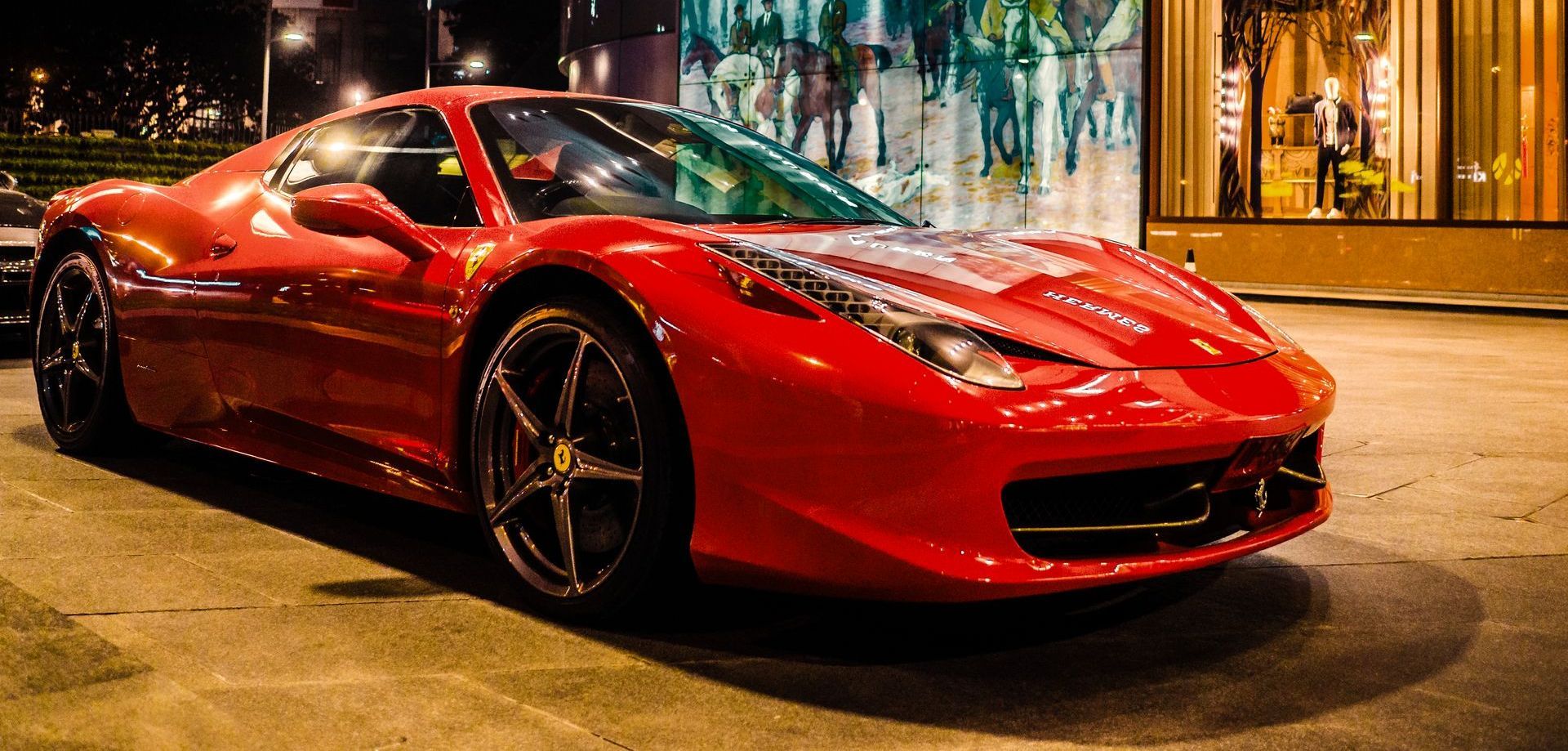Grow and Protect Your Capital
We generate value and safeguard capital through long-term investments in global markets, driven by decades of expertise
Welcome To ARI Group
ARI Group advisory partnership aims to generate consistent and substantial returns over the long term. Our Global Equity Strategies focus on investing in globally recognized leaders and regional powerhouses with sustainable business models.
Products & Strategies
Over 75 years
Combined Experience managing investments
35
Countries with growing opportunities
5
Languages supported for our diverse client base
Over $1 Billion
Securities Traded since Inception on behalf of Pension Funds and Family Offices
News

Luxury brands epitomize exclusion, craftsmanship, and status. Ferrari and Hermes are the market leaders in high-end markets. This article provides an insight into investment dynamics from the two companies and their significant lessons to investors. Ferrari and Hermes' brand heritages are their main sources of comparability. Ferrari, established in 1939, is known for its high-performance sports cars, while Hermes, founded in 1837, is known for its luxury quality goods. High-end brand success is greatly dependent on a sense of exclusivity. Ferrari manufactures a few car units, allowing it to preserve demand and appreciation over time. The firm produces only a few models that guarantee profitability and loyalty over time. On the other hand, Hermes ensures that its products, such as the Birkin bag, remain highly exceptional. The company occasionally manufactures the bag, making it scarce and expensive. Ferrari and Hermes are highly considerate of demand and pricing dynamics. Ferrari balances production to meet demand and at the same time maintain exclusivity. The company further encourages its clients to personalize cars, reducing the likelihood of unsold cars. Hermes produces goods in small quantities, making them unique and unsellable. Unsold products are often destroyed to protect market exclusiveness by ensuring that their products never appear in sales or outlet stores. Market trends and consumer preference significantly influence market sales. Hermes is changing focus to sustainability to safeguard future markets. The firm can boast about its continued focus on quality and sustainability, hence retaining a steady market. Hermes has expanded to emerging markets while still focussing on sustainability. Ferrari and Hermes offer steady performance and are promising to investors. Ferrari thrives on limited production capacity, which guarantees profitability. Moreover, the company has adeptly innovated designs to tap hybrid and electric markets. Hermes uses pricing strategies and limited products to grow while expanding in developing economies. Investors ought to learn from the strategy and develop unique laws. Firm heritage and supply control are the primary lessons. Commanding premium prices and exclusivity is another chief mega law from the two. There is a need to focus on quality and personalization to attract customer loyalty. Luxury brands like Ferrari and Hermes provide insightful examples of how strategic business practices can drive success and create valuable investment opportunities. By leveraging their rich heritage, managing supply and pricing, and adapting to market trends, these companies have established themselves as leaders in the luxury market. For investors, the resilience and growth potential of Ferrari and Hermes offer compelling reasons to consider them as part of a diversified investment portfolio. As these brands continue to innovate and expand, they are poised to deliver sustained value for years to come. Moreover, the practice of destroying unsold inventory to prevent discounts and maintain exclusivity further underscores their commitment to preserving brand integrity. This, combined with their strategic supply control and pricing strategies, ensures that Ferrari and Hermes remain at the pinnacle of luxury, offering not just products but a promise of unparalleled quality and exclusivity.









